Empower your freight or transportation organization with Everbridge
Protect your workforce, secure your assets, and keep the supply chain moving with Everbridge. Our solutions are tailored to meet the unique demands of the freight and transportation industry, empowering you to stay resilient and maintain uninterrupted operations in the face of any challenge.
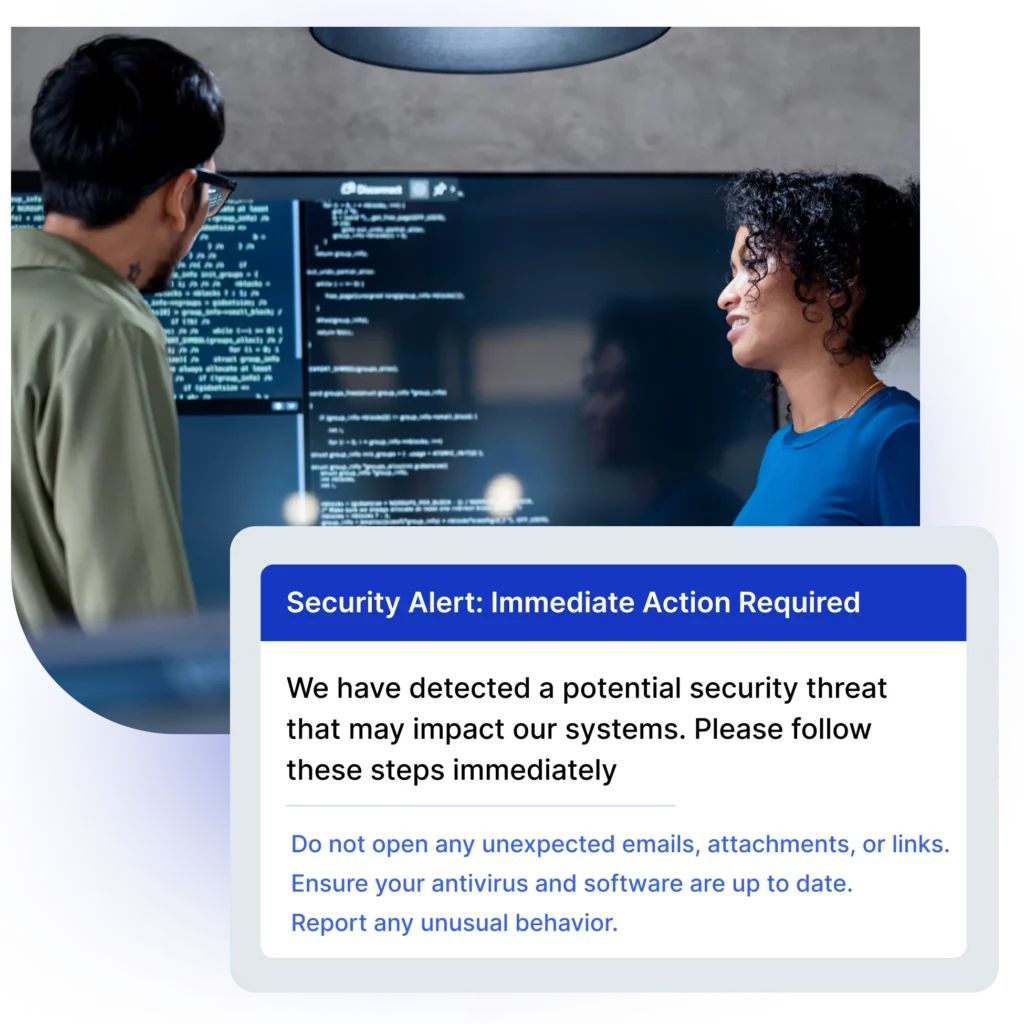
Keep your people safe and your organization running
Everbridge provides freight and transportation organizations with advanced emergency communication tools and actionable risk insights. Quickly respond to disruptions, safeguard employees on the move, and protect critical assets to ensure the seamless flow of goods. By reducing downtime and mitigating risks, Everbridge helps you maintain supply chain continuity while enhancing operational resilience in an increasingly complex and unpredictable environment.
Know earlier, respond faster, and improve continuously in how you deal with threats
Stay ahead of physical and digital threats like weather events, active assailants, or IT disruptions. The Everbridge Critical Event Management (CEM) platform empowers resilience by enabling you to:
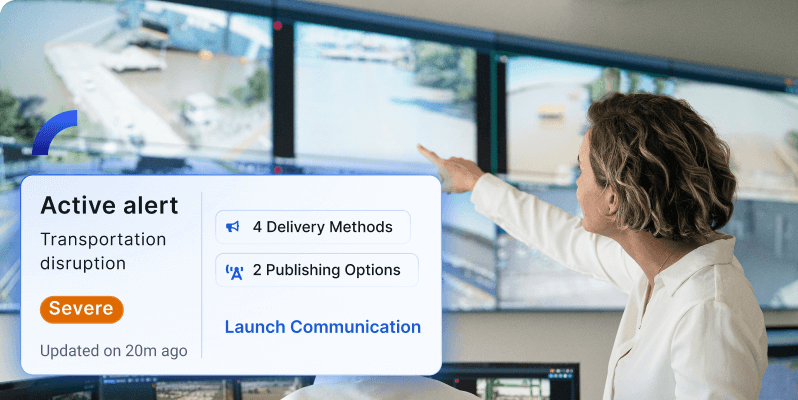
1. Know earlier
With advanced business continuity planning and leading risk intelligence, you’ll get real-time insights to detect threats wherever they arise, helping you quickly identify risks to your people and operations.

2. Respond faster
When critical events happen, speed matters. Our Alert Management feature enables seamless, “one-click” responses, from emergency communications to clear instructions, keeping your employees safe and your business protected.

3. Improve continuously
Adapt and improve with our detailed after-action reports, response analytics, and interactive dashboards. Turn data into insights to strengthen your organization’s resilience for the future.
How Everbridge empowers the freight and transportation industry
Proactive threat detection
Access real-time risk insights to identify and address disruptions along the supply chain before they impact operations.
Efficient response workflows
Streamline responses with automated workflows designed to reduce delays and increase efficiency during critical events.
Seamless communications
Enable swift, two-way communication to manage emergencies effectively, ensuring the safety of personnel and clarity across teams.
Enhanced resilience
Utilize real-time risk intelligence and automation tools to safeguard operations, maintain supply chain continuity, and uphold compliance standards.

How it works
Everbridge leverages innovative tools to help freight and transportation organizations confidently manage critical events and mitigate risks. By integrating real-time threat detection, automated emergency alerts, and unified communication systems, we empower your operations to not only handle challenges but to thrive amidst current and emerging risks. Our solution ensures rapid, informed decision-making, safeguards your workforce, minimizes disruptions, and maintains supply chain continuity during critical events.
APL Logistics enhances global risk management with Everbridge solutions
APL Logistics partnered with Everbridge to enhance risk management and business continuity. By implementing the Critical Event Management (CEM) platform, including Visual Command Center (VCC) and Mass Notification, APL Logistics reduced incident response time and improved communication.

How your freight and transportation business can benefit from Everbridge
Critical event management
Safeguard your personnel and assets while ensuring supply chain continuity during disruptions. Everbridge delivers accelerated response, operational efficiency, and measurable process improvements to help your business remain resilient.
Business continuity
Be prepared for any disruption with tools that simplify planning and enhance rapid response capabilities. Avoid downtime, prevent operational halts, and keep goods and services moving, no matter the challenge.
Travel risk management
Ensure the safety of your drivers and field staff with timely alerts and actionable guidance. Reduce risks, protect your team, and provide the peace of mind they need to operate effectively on the road or in remote locations.
Digital operations
Maintain your critical logistics and transportation systems without interruption. Proactively anticipate and resolve operational issues, reduce inefficiencies, and optimize workflows to ensure smooth and dependable operations.

Everbridge named a Leader in The Forrester Wave™: Critical Event Management
Empower resilience with the leading critical event management platform.
Outcome
Freight and transportation organizations utilizing Everbridge achieve greater safety for their workforce and more secure operations through swift, decisive threat management. By enabling seamless communication and automating critical processes, Everbridge supports faster, more informed decision-making and streamlines communication during emergencies. This proactive approach not only safeguards employees and assets but also builds trust with customers, partners, and stakeholders, allowing your organization to operate with confidence and consistency in an increasingly complex environment.

Featured customer stories
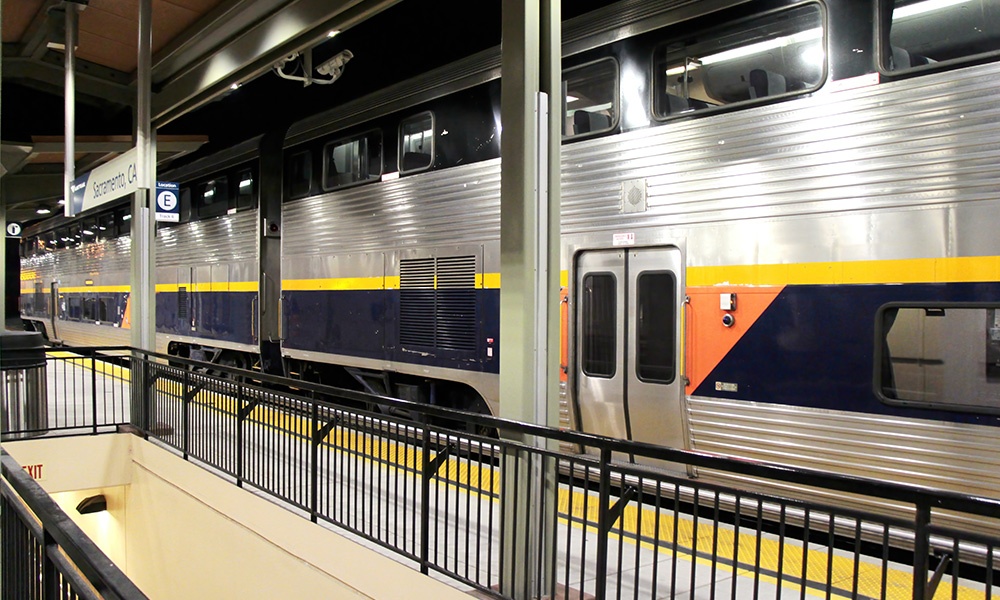
Control center operations and emergency response
Santa Clara Valley Transportation Authority sought an emergency alert system that provided best-in-class capabilities in emergency notifications, which is essential to the safety of passengers and personnel.
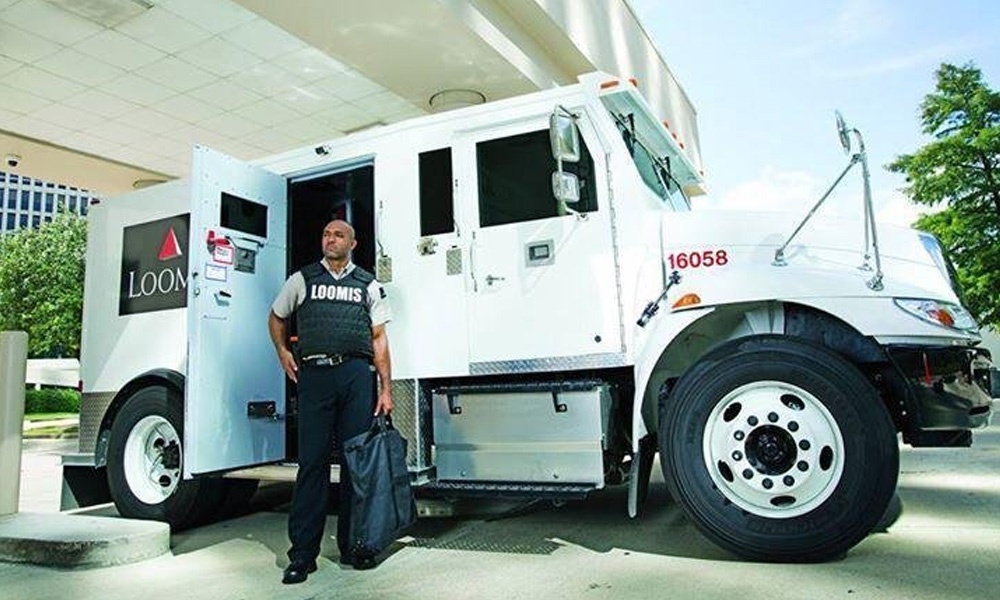
Loomis U.S. turned to Everbridge for integration of their cash distribution network
With an extensive employee base, transportation and field service operations, and a significant number of financial banking institutions as customers, it’s imperative
that Loomis can support operational resiliency.

Everbridge provides first class support to an aircraft manufacturer
Previously using multiple tools and data bases to try and contact employees and having poor results, this aircraft manufacturer found success with Everbridge.
Featured resources
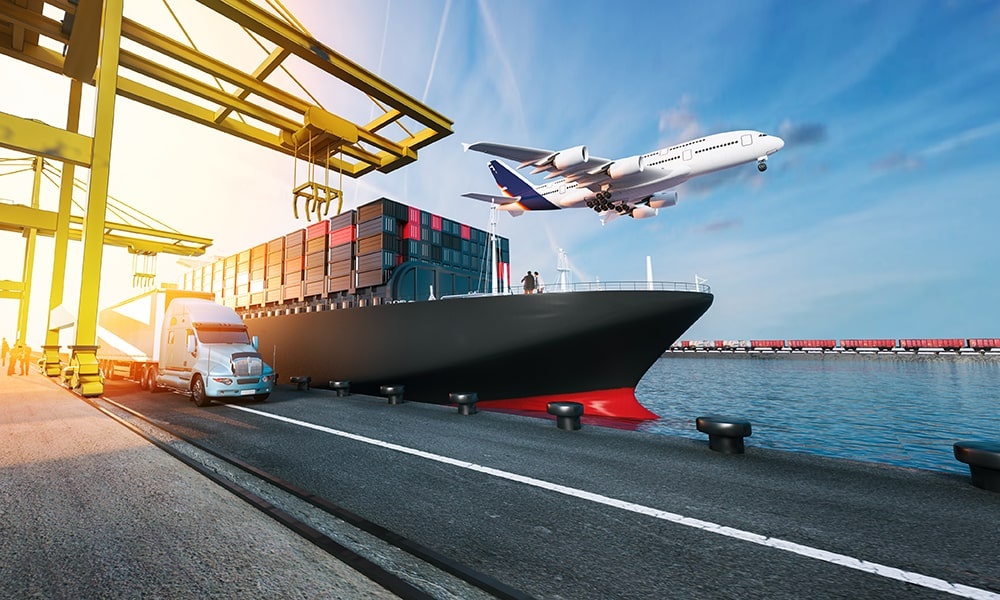
Protecting the supply chain against risk
Tracy Reinhold, Chief Security Officer at Everbridge discusses how organizations can minimize the risks to their supply chains and even eliminate the impact of certain risk events.

Everbridge Control Center for rail and metro
Rail security systems are large, complex and generate a huge amount of information. The ability to centralize and visualize threats has never been more important.

Everbridge Control Center for airports
Today’s airports are centers for business and leisure; security needs to proactively safeguard people, facilities and assets, while ensuring business continuity.

Global Threat Outlook 2025
Download our newly released report “Global Threat Outlook 2025.” This new report will provide essential insights and strategies for navigating the intricate landscape of global threats.
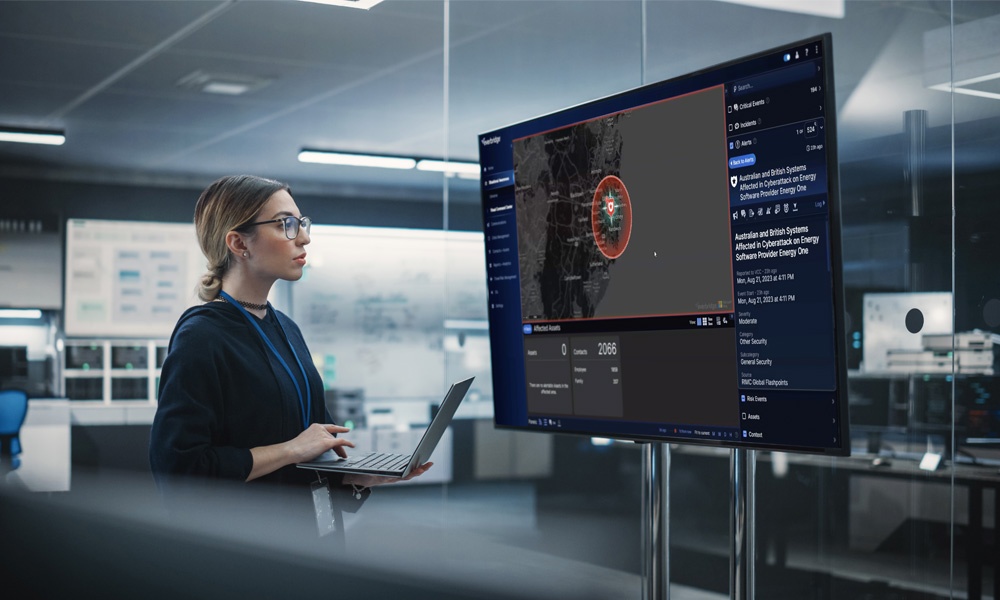
2025 Global Enterprise Resilience Report
Download the report for analysis on industry surveys, insights into the threats resilience leaders are watching, and ways to adopt a more flexible and effective approach to readiness.

What is operational resilience?
Operational resilience is the ability of an organization to deliver critical business operations, even during disruptions.